

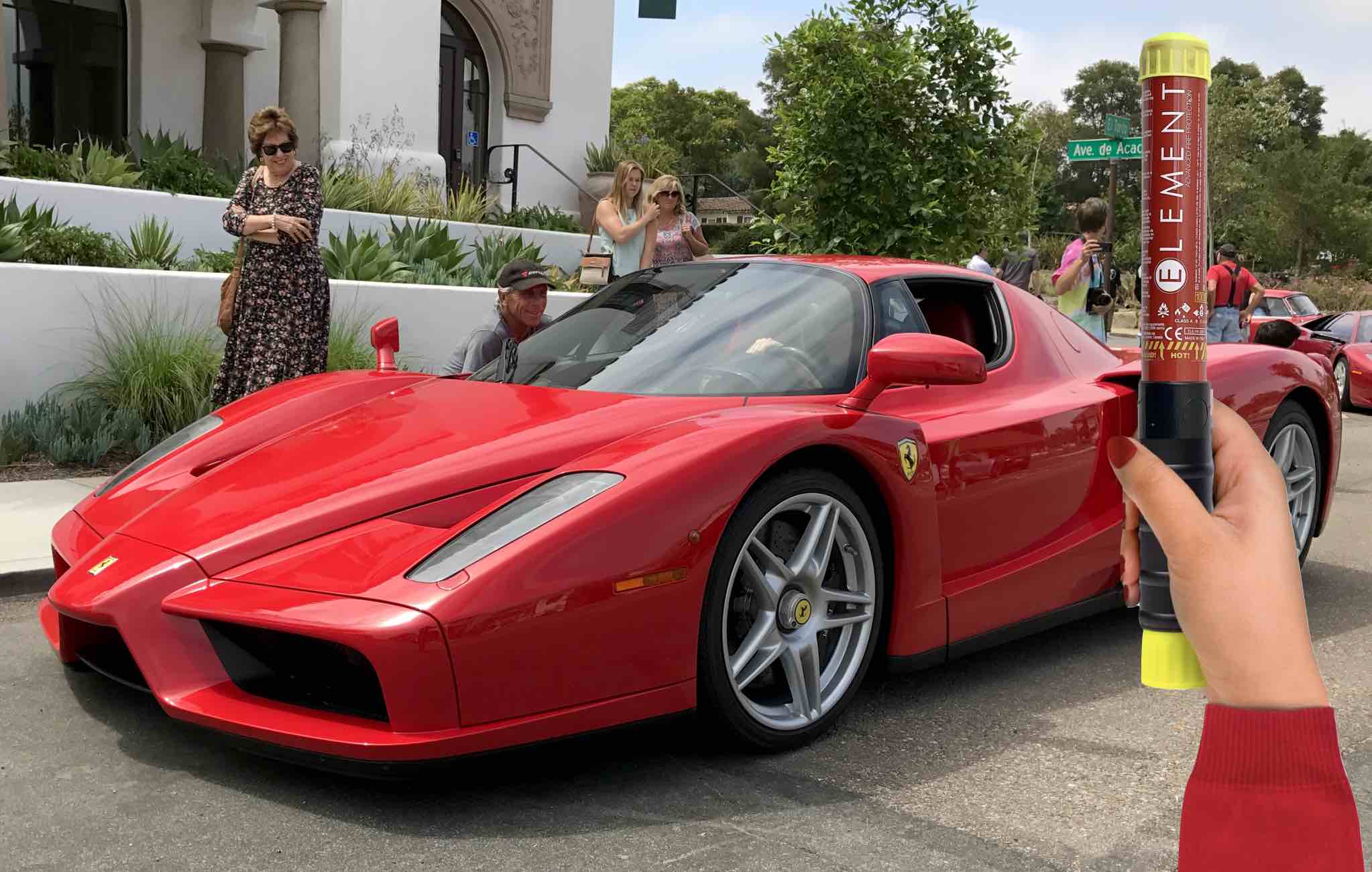
COMPACT ・ NON-TOXIC ・ NON-CORROSIVE ・ NO RESIDUE ・ NO RECHARGING ・ NO MAINTENANCE
Compact, lightweight, always ready, no messy residue, and provides 5 times longer discharge time than other extinguishers.
The Element E100 Fire Extinguisher is a cutting-edge fire suppression tool. Its advanced technology outperforms traditional extinguishers in portability, longevity, and reliability. Offering reliable, long-lasting fire protection, it’s ideal for homes, vehicles, offices, and outdoor adventures. It provides unmatched convenience without compromising performance. Compact and lightweight, it is easy to carry and store. The E100 ensures you’re prepared for emergencies making it an essential fire safety solution.
First used by the space program. It is now available in a compact, portable form about the size of a road flare.
Featured on “Jay Lenoʼs Garage”

Dimensions:
Weight: 11.4 ounces
Discharge Time: 100 seconds of continuous discharge (5 times longer than typical extinguishers)
Extinguishing Agent: Non-toxic, residue-free potassium-based aerosol
Operating Temperature Range: -140°F to 320°F (-60°C to 160°C)
Shelf Life: No expiration, no maintenance required
Element is 80% smaller and will discharge for 5 times longer than traditional fire extinguishers. It is suitable for use on all major types of fire: ABC and K fire classes. Element is an internationally tested and approved fire extinguisher that is approved for use by police, military, first responders, and many other industries.
Element uses a tested and proven technology created for the space program that fights fires on the molecular level. By chemically interrupting the chain of combustion, Element safely and effectively puts out fires without the mess, toxicity, or danger associated with a traditional extinguisher.
The Element E100 fire extinguisher has a shelf life of over 10 years. It does not rely on pressurized gas, which means it does not lose effectiveness over time due to pressure loss. Additionally, it requires no maintenance, making it a long-lasting and reliable option for fire safety.
Fighting Engine Fires: The gas discharged by the Element extinguisher is heavier than air and will fill all the nooks and crannies of the engine compartment to both extinguish the fire in hard to reach areas but also to prevent the fire from re-starting while the area cools.
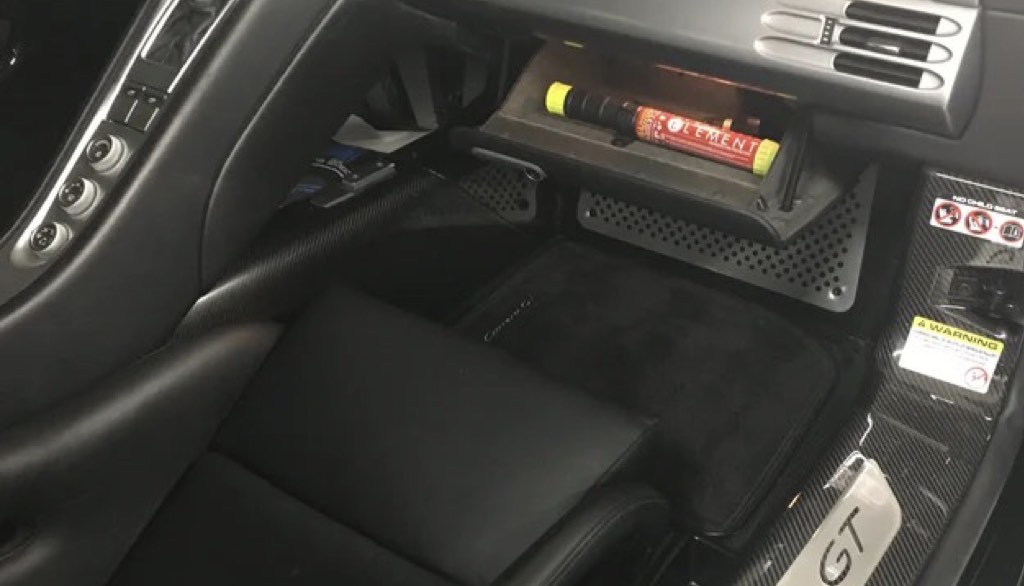
Car

Home
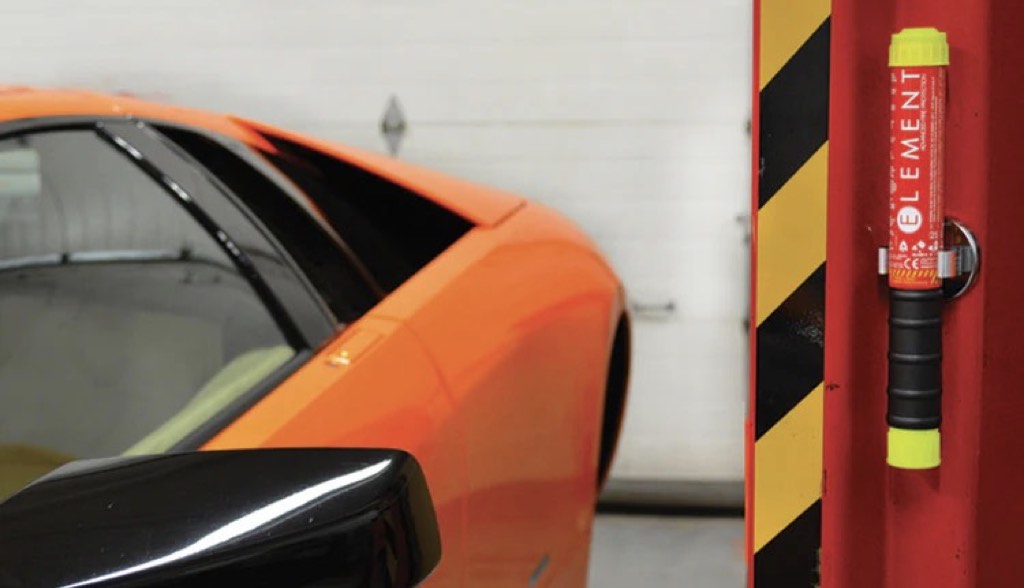
Garage
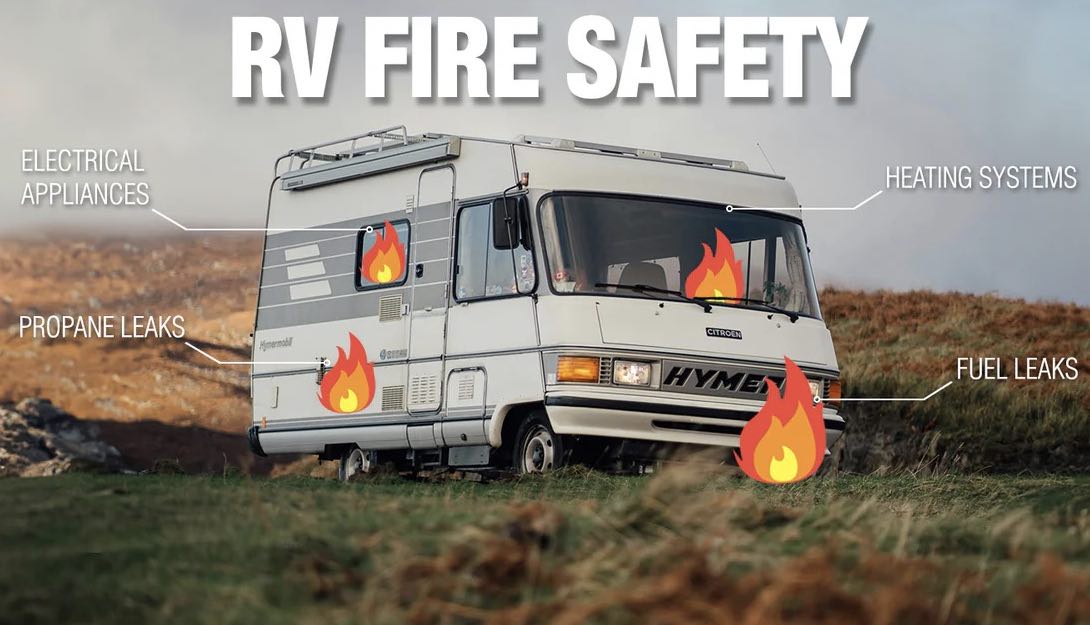
Recreational Vehicles

Industry
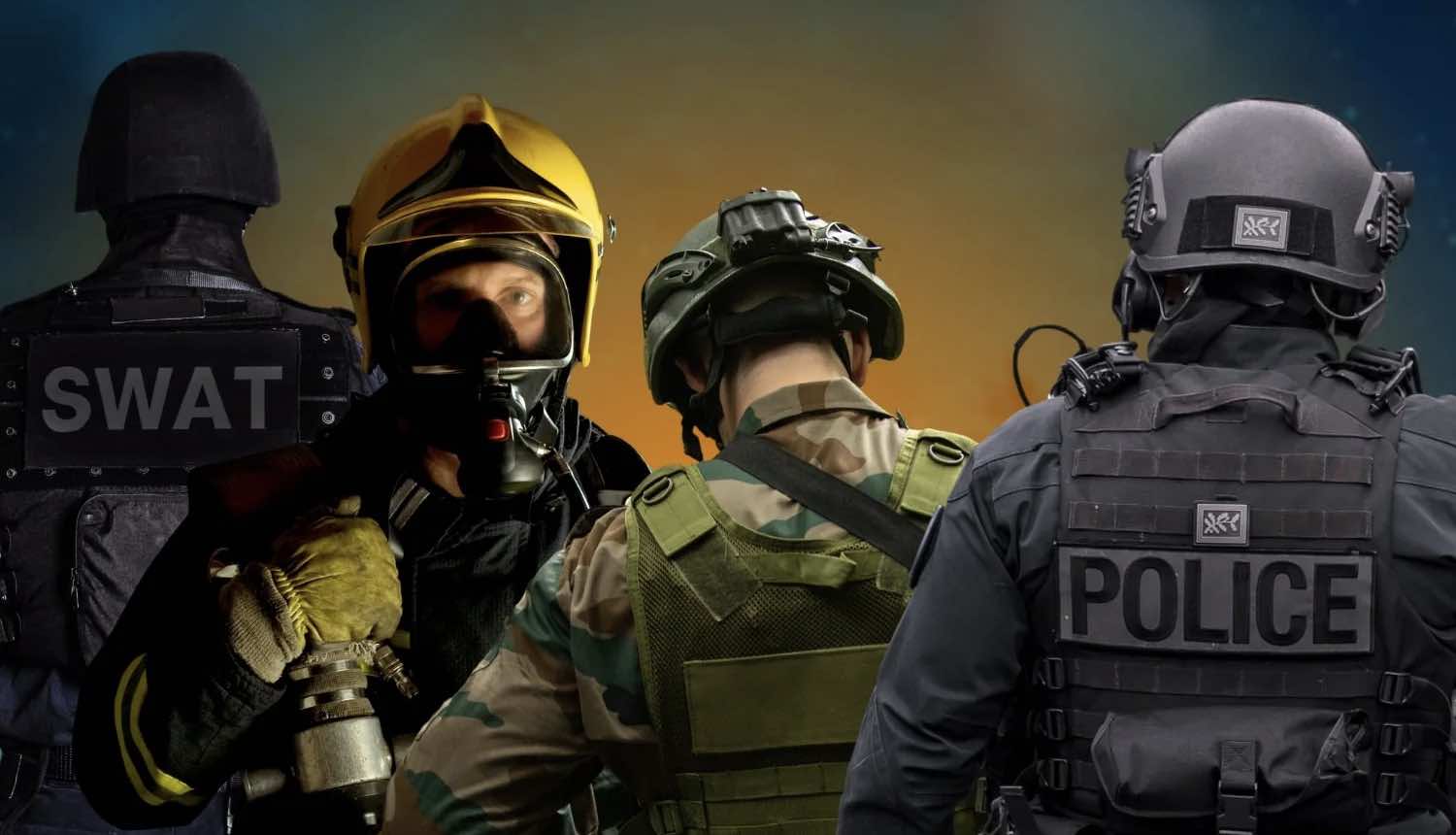
First Responders
Versatile Fire Suppression: Designed to combat Class A, B, C, and K fires, it’s your go-to solution for a wide range of emergencies.
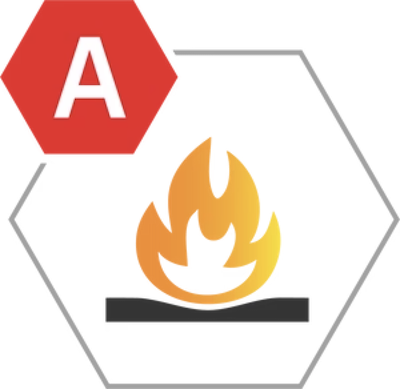
Solid Combustibles
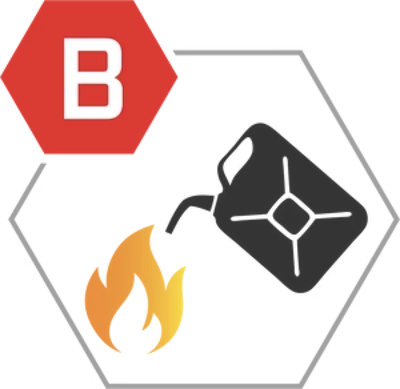
Flammable Liquids and Gases
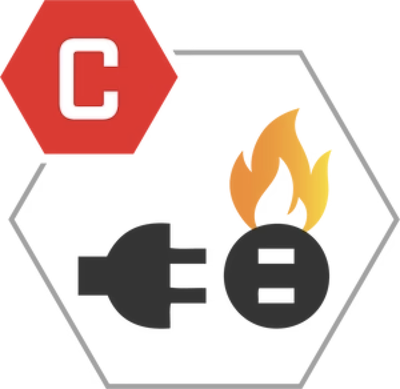
Electrical up to 100,000V
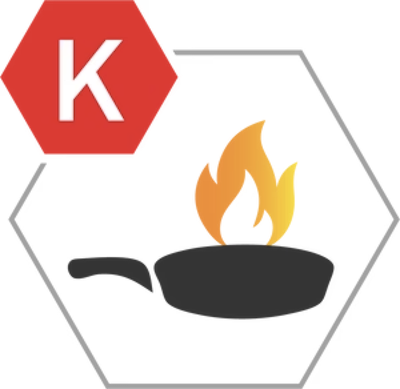
Cooking Oil and Grease
| Element E100 | Traditional Fire Extinguishers | |
|---|---|---|
| Structure |  |
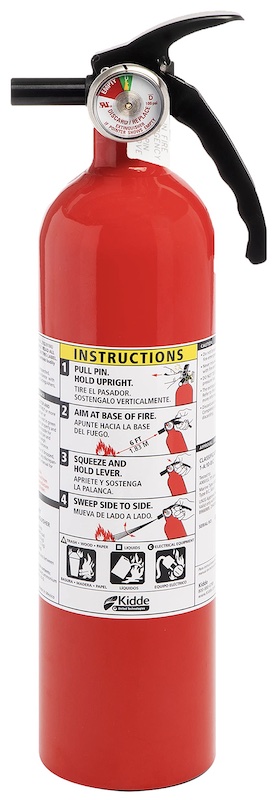 |
| Design | Slim, lightweight, and cylindrical (resembles a flare stick) | Bulky, heavy metal tank with a trigger and nozzle |
| Weight | 11.4 ounces | Typically 3–15 pounds for household models |
| Discharge Time | 100 seconds continuous discharge | 8–20 seconds, depending on the size |
| Size | Compact (12-7/8" long and 1-9/16" in diameter) | Larger (12" or taller and 5" diameter or larger) and requires significant storage space |
| Operation | No pressurized gases; activated by striking a cap | Trigger-based operation; relies on stored pressure |
| Type of Fire Suppressed | Effective on Class A, B, C, and K fires | Varies; often requires selecting specific types (e.g., ABC, CO2) |
| Shelf Life | Indefinte | Typically 5–12 years |
| Maintenance | No maintenance needed | Requires periodic maintenance |
| Propellant | Solid chemical propellant | Compressed gas cylinder |
| Portability | Extremely portable, easy to carry or store in small spaces (for example, glove box, backpack) | Less portable due to weight and size |
| Ease of Use | Simply strike top with bottom cap to activate | Requires pulling pin, aiming, and spraying |
| Eco-Friendliness | No residue or toxins; uses a potassium-based aerosol | Can leave messy residue (for example, dry chemical foam) |
| Refilling and Maintenance | No refilling or maintenance needed | Requires periodic inspection and refilling |
| Durability | Resistant to corrosion, moisture, and temperature extremes | Susceptible to rust and pressure degradation |
| Use Cases | Suitable for homes, cars, boats, camping, or small spaces | Suited for homes, offices, and larger setups |
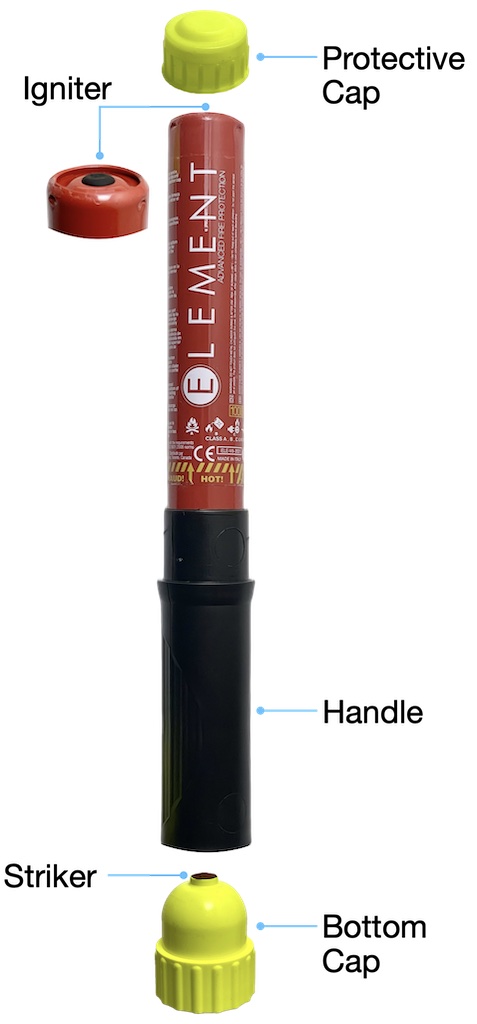
What is the best fire extinguisher for a small fire?
Depending on the class of fire, many extinguishers can be used on a small fire. Many extinguishers use damaging powders, foams or water. Element E100 is preferable, because it will extinguish the flames without creating a mess.
How long does a traditional 2.5 pound fire extinguisher last?
A traditional 2.5 pound dry powder extinguisher will last for about 10-12 seconds. Dry powder extinguishers use monoammonium phosphate, sodium bicarbonate, or potassium bicarbonate which are corrosive and create a mess. Element E100, on the other hand, will discharge for at least 100 seconds, leaves no mess, is non-corrosive, and is non-toxic.
How many times can the Element E100 be used?
The Element E100 fire extinguisher is a single-use product.
What is the difference between the Element E50 and Element E100?
Both the Element E50 and the Element E100 have the same dry chemical propellant. The Element E50 has a discharge duration of 50 seconds while the Element E100 lasts for 100 seconds.
Is the Element E100 UL approved?
The Element E100 fire extinguisher does not have a UL (Underwriters Laboratories) rating, because of their specific requirement that a fire extinguisher to be in a pressurized metal bottle, with a pressure gauge, hose, nozzle and trigger. Element E100 does not require pressurization so it does not need a gauge, hose, nozzle or trigger.
Is the Element E100 Coast Guard approved or rated? How suitable is it for boat use?
The fire extinguisher does not have a UL rating (see above), and thus not approved by the Coast Guard. However, the Element E100 fire extinguisher is in widespread use in the marine industry. Many boaters will buy a cheap canister fire extinguisher to comply with regulations, and then keep the Element E100 on board in case of an actual fire. Unlike traditional extinguishers, the Element E100 causes no damage to the engine when putting out a fire, whereas a wet or foam extinguisher can cause extensive damage.
Is the Element E100 FAA approved or rated? How suitable is it for airplane use?
The Element E100 fire extinguisher does not have a UL rating (see above), and thus not approved by the FAA. The Element E100 fire extinguisher has been approved by NATO for use by the American and Canadian Military, and also approved in multiple countries around the world.
What is the best fire extinguisher for a small fire?
Depending on the class of fire, many extinguishers can be used on a small fire. Many extinguishers use damaging powders, foams or water. Element E100 is preferable, because it will extinguish the flames without creating a mess.
How many pounds of fire extinguisher do I need?
For traditional extinguishers, the number indicates how much dry chemical they contain. The larger the number, the more square footage they can cover with powder. They are also bigger, heavier and will typically discharge for anywhere between 10 to 20 seconds. Element E100 weighs less than a pound and will discharge for at least 100 seconds.
Is the Element E100 fire extinguisher effective for a car fire?
Element E100 is the right solution for your car. It fights all the major fire classes and works by fighting fire on the molecular level. Its gas chemically interrupts the chain reaction of combustion effectively extinguishing a fire without causing additional damage, not making a mess, and without removing surrounding oxygen. It can safely be used on energized electrical equipment up to 100,000 volts.
Is the Element E100 fire extinguisher effective for use at home?
Element E100 is an excellent fire extinguisher for your home, because of its compact size, long discharge time, and how easy it is for anyone to use.
What class of fire is a small bin fire?
This really depends on what is in the bin but if it's paper, cartons, cardboard, and other ordinary combustibles, that is a Class A fire.
Do small fire extinguishers expire?
Traditional extinguishers can expire every 6 years. The solid chemical that makes up the Element E100 extinguisher has no effective expiration.
